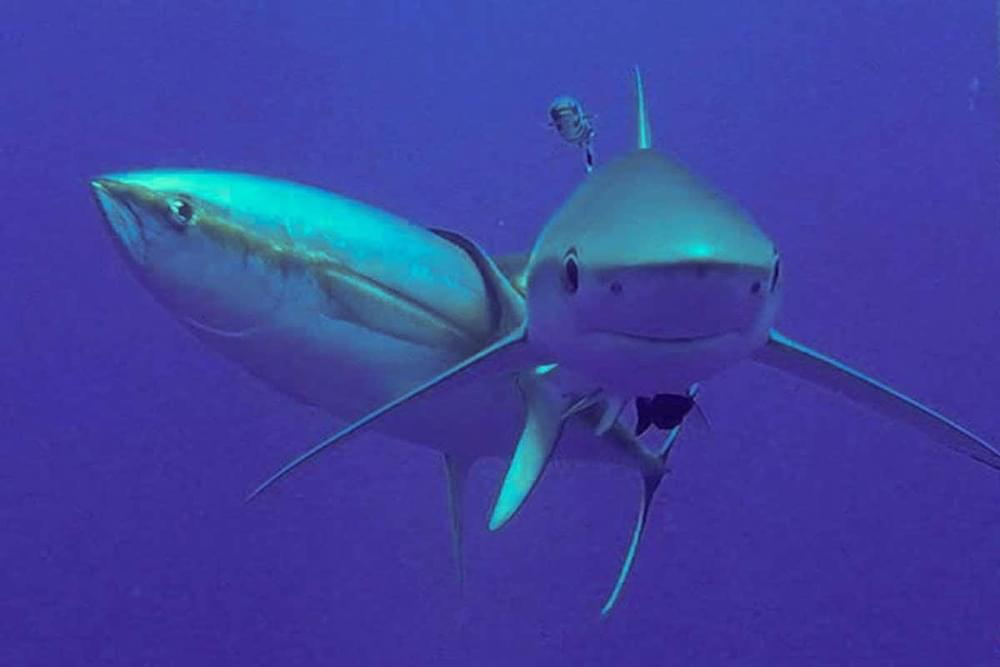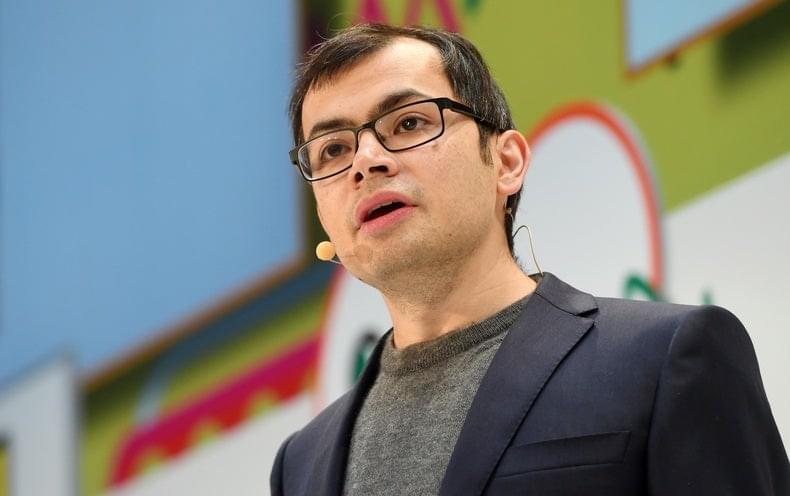Is Twitter getting into the NFT business?
According to the social media company Twitter, the firm plans to launch a new feature called “NFT Tweet Tiles,” a segregated panel within a tweet that showcases non-fungible tokens (NFTs) and the marketplaces that list the specific NFT shared. The new NFT concept is expected to drop soon, in order to “impact the Tweet experience,” Twitter developers explained on Oct. 27.
Twitter Developers Reveal ‘NFT Tweet Tiles’
After Elon Musk officially took over Twitter, the social media’s development team tweeted that the firm aims to drop a feature called NFT Tweet Tiles soon. “Now testing: NFT Tweet Tiles,” the account @twitterdev tweeted. “Some links to NFTs on [Rarible], [Magic Eden], [Dapper Labs], and [Jump.trade] will now show you a larger picture of the NFT alongside details like the title and creator. One more step in our journey to let developers impact the Tweet experience.”






